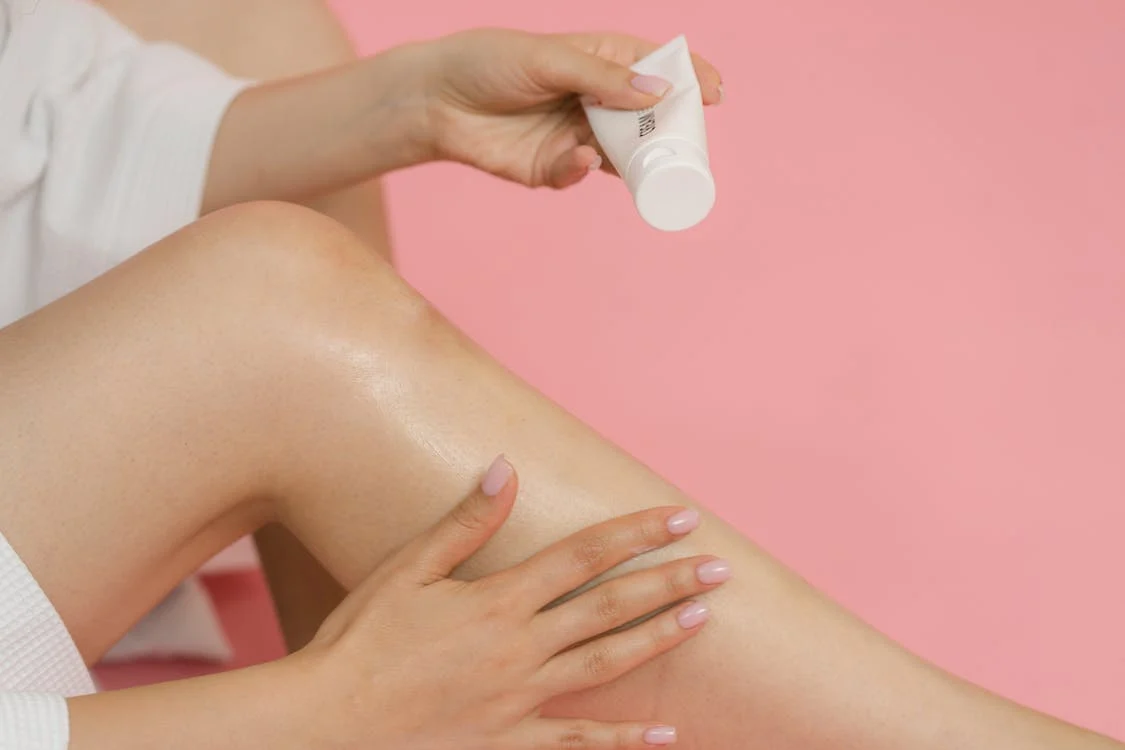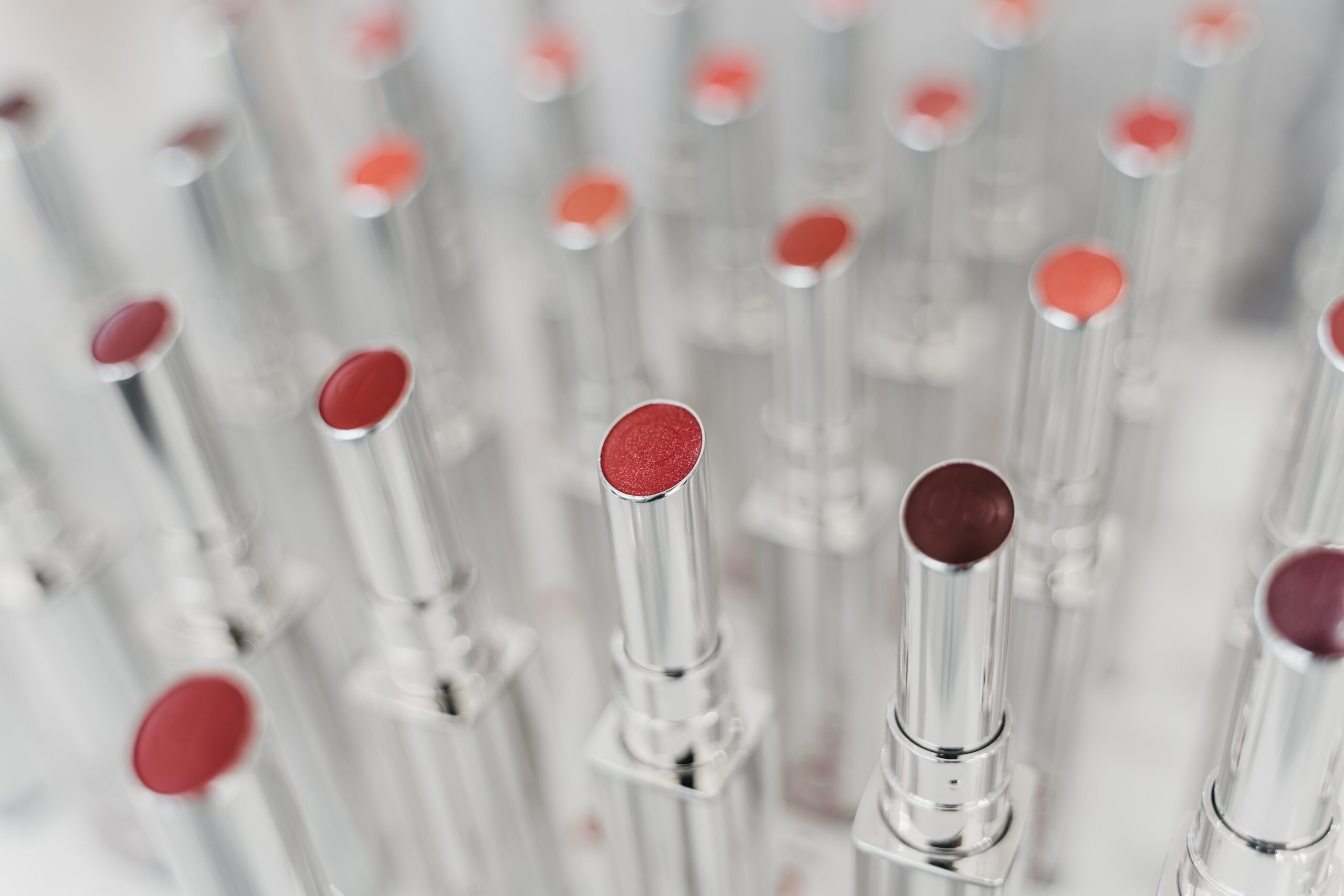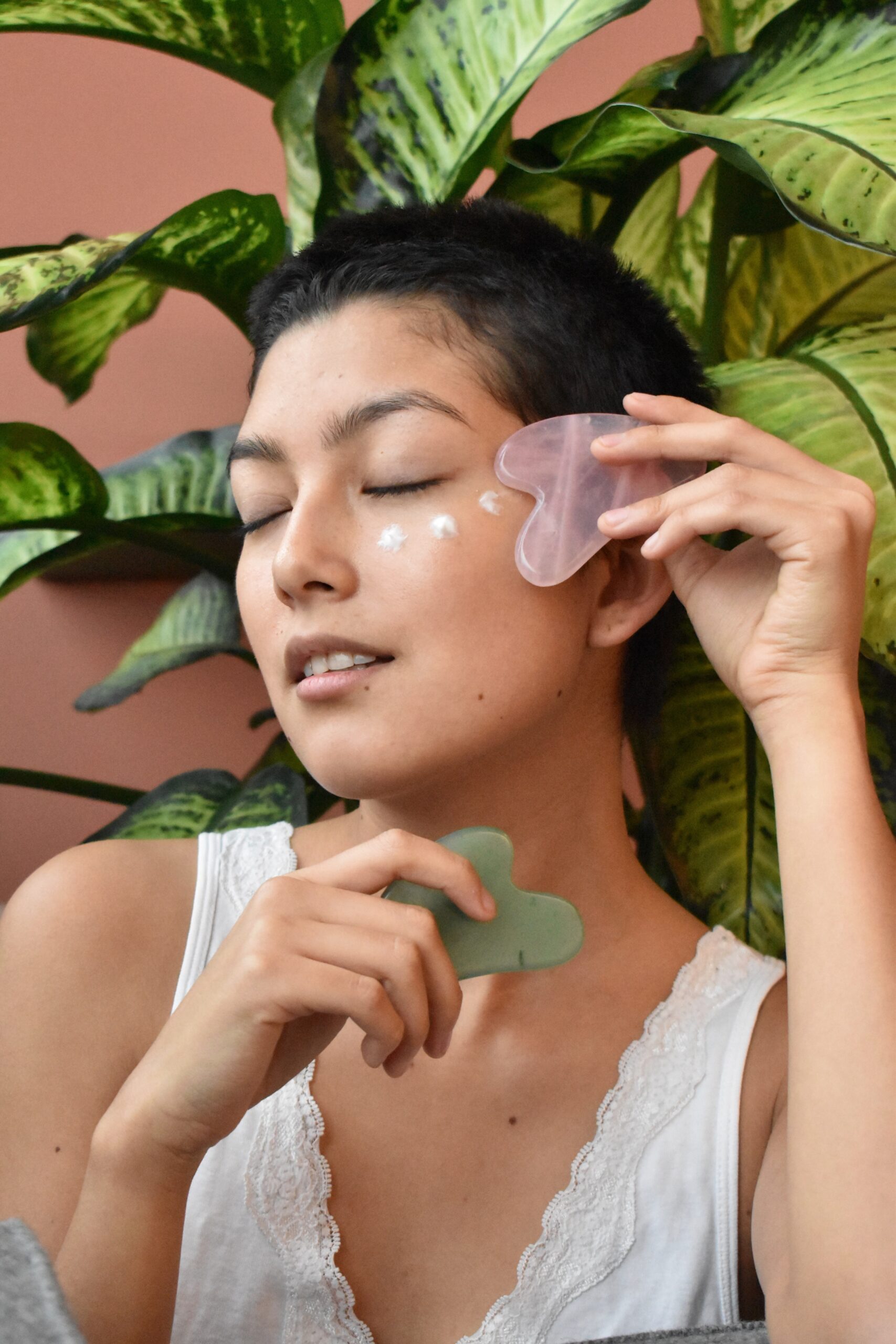Tips for Covering Unsightly Warts

Warts can be a pesky and unsightly problem for many people. Whether it's a small blemish on your finger or a larger wart on your foot, they can cause self-consciousness and discomfort. But fear not! With a few tips and tricks, you can cover up those warts and feel confident and comfortable in your skin. In this article, learn some practical and creative ways to conceal warts and treatment for warts so that you can be less self-conscious and more confident.
How to Cover Unsightly Warts
If you have nasty warts that you would like to cover up, here are some tips:
Use makeup
While treating warts rather than just trying to hide them is recommended, hiding with makeup may work if you're in a hurry. First, clean the area around the wart with soap and water, and then apply a full-coverage foundation to your skin. Then, apply a small amount of concealer or foundation that matches your skin tone. Use a makeup brush or your finger to blend the makeup into the surrounding skin.
Don't apply excessive makeup, as it can create a cakey appearance on warts and other imperfections, making them even more noticeable. If the wart appears red, consider using a color-correcting primer or concealer that has either a green or yellow undertone.
After using makeup on a wart, be sure to clean your brushes thoroughly to prevent the spread of infection. While you have a wart, never share your makeup tools or personal items with others while you have a wart.
Use clothing or accessories
You can also cover up warts on the hands or feet with clothing or accessories, such as gloves, socks, or Band-Aids. If it's on your neck, you can wear scarves, especially if the weather is chilly. Wear shoes that cover the affected area if the wart is on your foot.
Put a small piece of duct tape over the wart.
It may sound weird, but putting duct tape on a wart is a tried-and-tested method for healing these pesky little growths. Cut a small piece of duct tape and place it directly over the wart, ensuring that your skin is clean and dry for better adhesion.
The duct tape method deprives the wart of air and sunlight, which irritates it and triggers the immune system to attack and destroy the wart tissue. This simple treatment is often sufficient to eliminate the wart without medical intervention.
Covering the wart with duct tape can also prevent the spread of the wart virus to others or other parts of your body.
Conceal the tape with a bandage
While you cover your wart with duct tape, you may be less than thrilled to have an obvious piece of duct tape on your body. To hide it, cover it up with a bandage. For a subtler appearance, use flesh-colored medical tape or Band-Aid.
Wash the skin under the duct tape once a week
Once a week, cleanse the skin under the duct tape. Remove the tape every 4-7 days and clean the area thoroughly with soap and water. Use an emery board to remove any peeling or dead skin gently. Allow the area to breathe for at least 12 hours or overnight before applying a new piece of duct tape. Over time, this method should gradually eliminate the top layer of skin where the wart is located, revealing healthy skin beneath.
Use a skin-colored duct tape
To make it easier, you may choose to apply skin-colored duct tape over the wart to help to cover it up. Cut a piece of duct tape to size, and press it firmly over the wart.
Repeat the treatment for up to 8 weeks or until the wart heals
Continue the treatment for a maximum of 8 weeks or until your wart disappears. Remember, the duct tape method requires patience, so don't get discouraged if you don't see immediate results. It's recommended to continue using the tape for at least 4 to 6 weeks before evaluating progress. However, if you don't notice any changes, don't give up just yet – you can keep trying for up to 8 weeks.
Use salicylic acid cream with duct tape
Combining duct tape and salicylic acid cream can provide a stronger and more effective treatment for warts. Applying a 17% salicylic acid cream to cover the wart and allowing it to dry before covering it with duct tape is common. Removing the tape once or twice a week, washing the area, and rubbing away dead skin with an emery board or other exfoliating tool can aid in the process. Soaking the area in warm water for 10 minutes before scrubbing can also help. However, do note that salicylic acid can sometimes cause mild side effects like skin irritation or stinging.
Use a wart patch
If you dislike using duct tape on your skin, look for a pack of medicated wart bandages at the drugstore. These over-the-counter wart patches are available and can cover the wart and help treat it simultaneously. These patches contain salicylic acid, which can help dissolve the wart over time and look like regular Band-Aids or round patches.
Popular brands for wart removal products include Dr. Scholl's Clear Away Wart Removers, Compound W Medicated Strips, Curad Mediplast Corn, Callus, and Wart Remover.
For discreet treatment, opt for clear wart patches or those that match your skin tone. Special cushioned patches are also available for treating painful plantar warts growing on the foot's bottom.
How to Remove Warts
Covering up a wart is not a long-term solution – eventually, you would like to have it removed so that you don't have anything to cover up anymore. Most warts heal on their own in a few months, and duct tape can help speed up the process. But if home treatments aren't working or if the wart bothers you so much, you'd rather want it removed than see a doctor. You may also want to try other home remedies first.
Not all warts look the same – there are different types of warts, such as:
If you choose to try home remedies for your warts, here are some options you can try:
Duct tape
Duct tape is a well-known home remedy for the treatment of warts. The idea behind the duct tape method is to create a barrier over the wart that deprives it of air and sunlight. The theory is that this causes an irritation, which in turn stimulates the immune system to attack and kill the wart tissue. All you have to do is to apply a small piece of duct tape over the wart and keep it there for several days. After a few days, the tape is removed, the area is cleaned, and then allowed to air out for at least 12 hours before a new piece of tape is applied. Repeat the process for several weeks until the wart is removed.
While the duct tape method is not a scientifically proven treatment for warts, some studies have shown it to be effective. The process is non-invasive, painless, and relatively cheap, making it an attractive option for those who prefer to avoid medical treatments or cannot afford them.
Salicylic acid
Over-the-counter salicylic acid treatments, such as creams, gels, or medicated pads, can help to dissolve the wart tissue. Salicylic acid is a common over-the-counter treatment for warts. It breaks down the skin cells that make up the wart, causing it to peel away gradually. It's important to follow the instructions on the product label carefully when using salicylic acid, as it can be irritating if not used properly.
To use salicylic acid to treat a wart, you'll typically apply the medication directly to the wart once or twice a day. Before applying the medication, you may need to soak the wart in warm water to soften it and make it easier to remove dead skin. After using the drug, you may need to cover the area with a bandage or tape to keep the medication in place and protect the surrounding skin.
It may take several weeks or even months to completely remove a wart with salicylic, so patience and persistence are key when using this treatment. If you have a large or stubborn wart, your doctor may recommend using salicylic acid in combination with other therapies, such as cryotherapy or immunotherapy. It's also important to avoid using salicylic acid on open wounds, sensitive areas, or on the face, as it can be irritating or cause skin damage.
Tea tree oil
Tea tree oil is a natural oil that is sometimes used as a home remedy for warts. It is believed to have antiviral and antifungal properties to help fight the virus that causes warts. To use tea tree oil for warts, apply a few drops of the oil directly to the affected area using a cotton swab or pad. Repeat this process a few times per day. If you're using an essential oil, dilute the oil first with a carrier oil before applying it to the skin.
However, it is essential to note that limited scientific evidence supports the use of tea tree oil as a treatment for warts. It may not be effective for all types of warts, and some people may experience skin irritation or an allergic reaction when using it. It is also not recommended to use tea tree oil on genital warts or warts on the face, as it can be too harsh for these sensitive areas.
Apple cider vinegar
Apple cider vinegar may help kill the virus causing the wart. It's a popular home remedy for many things, including warts. It contains acetic acid, which has antiviral and antibacterial properties. To use apple cider vinegar to treat warts, soak a cotton ball in the vinegar and apply it directly to the wart. Secure the cotton ball in place with a bandage or tape and leave it on for several hours or overnight if possible.
Some people recommend repeating this treatment for several days or weeks until the wart disappears. However, there is limited scientific evidence to support the effectiveness of apple cider vinegar as a treatment for warts, and it may not work for everyone. Additionally, using apple cider vinegar may cause skin irritation or chemical burns, especially if applied to the healthy skin surrounding the wart.
If you prefer doctor-recommended treatments and procedures to get rid of your warts, here are your options:
Cryotherapy
One of the most common ways to treat warts, cryotherapy, involves freezing the wart with liquid nitrogen. Inquire about cryotherapy with your doctor or dermatologist if this option suits your wart. This process causes the dead tissue of the wart to peel off and disappear over the next week or so.
To increase the efficacy of cryotherapy, it may be combined with medication like salicylic acid cream. However, this treatment can be slightly painful, and there may be blistering or discoloration in the area where the wart was removed. It is recommended to speak with your doctor to learn how to minimize these side effects. You may require multiple treatments to entirely eliminate your wart.
Stronger medications
If freezing or salicylic acid treatments aren't effective for your stubborn wart, other options exist. Talk to your doctor about trying prescription-strength topical medications such as cantharidin or trichloroacetic acid.
- Cantharidin causes a blister to form around the wart, which your doctor will cut off after a few days.
- Trichloroacetic acid is a stronger acid that can quickly burn away a stubborn wart. Your doctor will shave off the top layer of skin from the wart before applying the acid. This treatment may require several visits over a few weeks.
However, these treatments may cause mild side effects such as burning and stinging.
Electrocautery
If all else fails, zapping the wart may be your last resort. Known as electrocautery, zapping the wart is a medical procedure that uses an electric current to burn and destroy tissue, including warts. In this procedure, a local anesthetic is applied to the affected area, and then an electric current is applied to the wart using a needle or probe. The heat generated by the current destroys the wart tissue. The procedure may cause some pain and discomfort but is generally well-tolerated. After the procedure, a scab forms where the wart is, and it eventually falls off as the area heals.
Electrocautery is considered an effective treatment for warts, particularly for those that have not responded to other treatments. It is also recommended for warts that are large, deep, or located on the soles of the feet, where they may be difficult to treat with other methods. However, electrocautery is not recommended for warts on the face or genital area, as it can cause scarring or other complications.
Laser therapy
For those who can afford it, laser therapy is a non-invasive option. A doctor or dermatologist will use a laser to burn off the wart tissue during this procedure. The laser can also be used to target the blood vessels that supply the wart with nutrients, effectively cutting off its blood supply and causing it to die.
Laser therapy is generally considered to be safe and effective for treating warts, but it can be expensive and may require multiple sessions. Some people may also experience mild pain or discomfort during the procedure, and there is a risk of scarring.
Surgery
In some cases, the wart may need to be surgically removed. Surgery is an option for treating warts that have not responded to other treatments or are causing significant discomfort or pain. The wart is cut out with a surgical knife or scalpel in this procedure. This is typically done under local anesthesia, and stitches may be required to close the wound.
Immunotherapy
Immunotherapy is a type of treatment that involves stimulating the body's immune system to fight against disease or infection. In the case of warts, immunotherapy involves using certain medications or substances to boost the immune system's response to the virus that causes warts. Most of the time, it involves injecting a substance into the wart to stimulate the immune system to attack and destroy the virus causing the wart.
One example of immunotherapy for warts is injecting a substance called candida antigen into the wart. Candida antigen is a substance that stimulates the immune system and can help the body recognize and attack the virus that causes warts. Another type of immunotherapy involves applying a cream containing imiquimod, a medication that helps boost the immune system's response.




